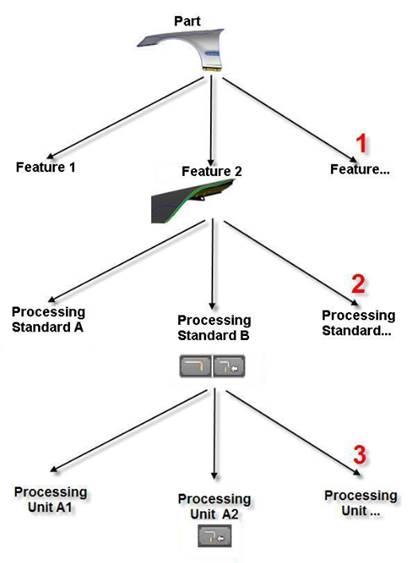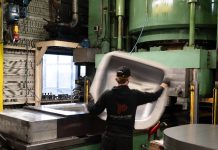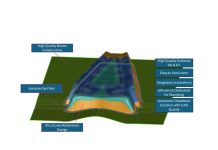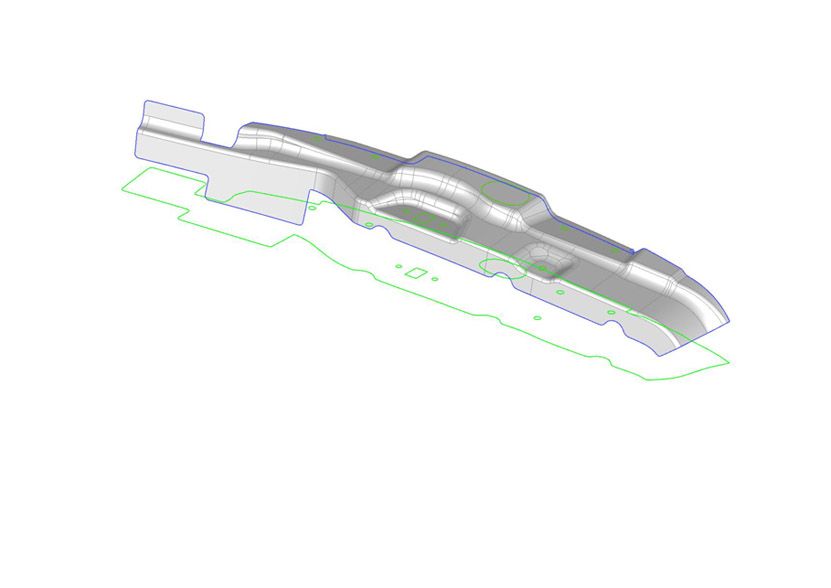As the Last Generation of Cost Experts Retire How Will OEMs Replace them?
In this article Steve Rozanski, Senior Application Engineer from AutoForm USA, talks about means of arriving to tool costing and the grey areas of those who have faith in expert-based cost modelling vs. accurate costing standards using software. He challenges readers to think outside the box when it comes to value engineering and questions methods of cost evaluation.
Can’t decide if the tooling quote is wrong or right, or maybe if it’s good enough? This decade old question is based on fictitious numbers, of data built on white noise.
How could we support cost models built from a decade old history market flux and user preferences based on an estimator’s opinion of processes particular to part geometry drawn on bar napkins or pictures pasted in an excel document and customized cost-models to suit? Yet this has been the practice for years, seeing that every estimator has their own secret calculation that follows them from door to door. Imagine how such a model develops when later such an ‘expert’ inherits further cost models from colleagues that pretend to be the next best thing. Some think it’s even best to blend the two models.

The question then is; who then should dictate were the real data should be derived from, and what the market flux is, that together contribute to the model at that given time? Shops where slow or in need work bid low. Maybe manufactures overflowing with work bid high. Do the models match or is it just noise?
Time and time again I am confronted by the white elephant in the room, the over confident mind that lacks the data to back up the claim that by simply modeling the tooling cost projection can be achieved without even looking at the complexity of the geometry.
Like a detective on a local network broadcast, I have methodically picked apart such models only to find flaws in capturing cost, and the ability to control and standardize. Do we base our models on expertise or on a set of figures, or from an outside source without knowing their motive? Maybe my cost models are high and I’m giving away money. Maybe they are low, under cutting their bottom line, so should I adjust my model or take the offer and change my inputs in my cost to match the lower bid only to reinforce that my cost model is gospel, thus adding to the noise, like a politician running for office making nice promises?
The future of manufacturing has been disrupted by a generation that has taken a wealth of knowledge to the white sandy beaches of retirement, and with it goes the bar napkins and pictures pasted on excel documents, turning over to a new generation of young eager minds, wet behind the ears with only a few to lead them to the deep waters of tooling cost estimation and processing.
But there are now tools to help fill the void. A new generation of estimator tools like PBS or ‘Planning and Bidding Solution’ developed by AutoForm can help plane the process and allow those eager young minds to make sense of what they’re doing in a friendly 3D environment. Such a software solution harnesses basic engineering mechanics and metal forming technology and the ability to standardize the costing model throughout the organization and their outside suppliers.

In a world where one global cost model is used we could lower the decibels of noise and get the elephant back home. Such a costing software would give the estimator the ability, in real time, to evaluate the complexity of the product geometry, backdraft and nonconforming conditions during drawing and indicators to help indicate a stretch draw or a crash form. Such a software would have the ability to quickly analyze the product geometry, but also help the estimator generate a process best suited to that geometry, and as well as such flexibility, to quickly update the process, giving the user the ability to look (in real time) multiple processes for one geometry. This would allow a deeper examination of costs affected in the process, depending on the draw depth, draw angle, direct or in direct piercing etc. Such software would also have the power to look at the 3 dimensional surface areas of the geometry as well as trim patterns, in and outside of the geometry. And most importantly it would have the ability to examine production at multiple manufacturing facilities, giving the end user the ability reduce costs again as well as optimize production to their needs and use case.
That software already exists in AutoForm. The future has come, we now have the power to capture all aspects of the geometry, the quick analysis as well as an itemized complete chain of manufacturing steps to estimate the tooling and piece cost under one roof in Autoform PBS cost estimator.
Will tooling cost estimation and piece price ever become an integral part of lean manufacturing? It is yet to become reality. If we spend a little more time up front we’ll be rewarded in the end, with the present upcoming generations and the power of such cost estimating software it is for certain that AutoForm PBS is about to become integral for many OEMs and tool makers.
Steve Rozanski, October 2018.
Thank you Steve for this great article. For new readers, don’t forget to subscribe to our blog. We’ll never send you marketing emails. You’ll just receive the top three blog posts once per month.
*Cover image courtesy of Allgaier Automotive GmbH













